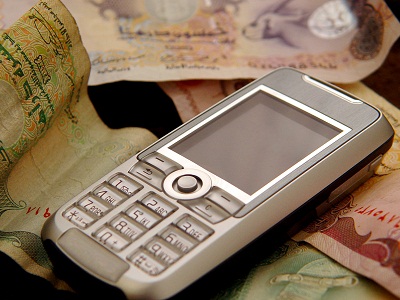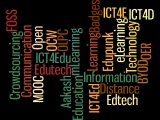M-Farm is an award winning mobile solution for agribusinesses and farmers currently being piloted in Kenya. It is an SMS and web-based application focused on improving weaknesses in the value chain. It is a transparency tool for Kenyan farmers to get information pertaining to the retail price of their products, buy their farm inputs directly from manufacturers at favorable prices, and find buyers for their produce.
Why M-Farm?
The M-Farm solution was developed based on the marketing challenges of rural farmers in Kenya. Smallholder farmers unaware of the market of the various commodities, produce in excess and are faced with the problem of getting the worth of their produce. Poor information on farm inputs and lack of access to these inputs such as fertilizer, seed, agrochemicals and other equipments are huge obstacles to increasing farmers’ productivity. The inability of the farmers to transport their produce to regional markets after harvesting also leads to the exploitation by middlemen who offer meager prices for the produce, and even delay payments for the commodities.
M-Farmers’ Approach
The M-Farm solution aims at giving farmers a voice by connecting them with each other in a virtual space for access to affordable farm inputs and also be able to sell their produce collectively. Specifically, the solution works through:
- Price Information: M-Farm enables farmers to inquire current market prices of different crops from different regions and/or specific markets
- Group Buying: M-Farm is able to aggregates farmers needs/orders and connect them with farm input suppliers
- Group Selling: M-Farm enables farmers to sell collectively and connect them with a ready market thereby increasing their productivity.
M-Farms’ Solution
The M-Farmer solution has taken advantage of the on-going phenomenal growth of mobile technology across Africa. With access to the Internet yet to have impact on rural farming in these areas, M-Farm has adopted an SMS-based solution for achieving its goal.
Farmers in Kenya simply SMS the number 3535 to get information pertaining to the retail price of their produce, buy their farm inputs directly from manufacturers at favorable prices, and find buyers for their produce. Also, M-Farm has a contract with a local exporter, who buys the produce directly from the farmers using their mobile devices thereby minimizing the transportation challenge. This gives farmers access to a reliable and guaranteed market that enjoys stable year-round prices while eliminating middlemen and lowering transaction costs.
Below is a 2-minute clip on the winning of M-Farm’s IPO48 competition featuring Jamila Abass, a co-founder and CEO of MFarm Ltd (K) and other team members.
Access to M-Farm is by subscription with a free 30-day trial for users. For more information on M-Farm, visit here.


























































